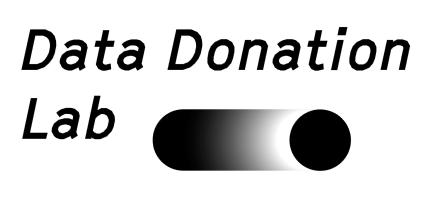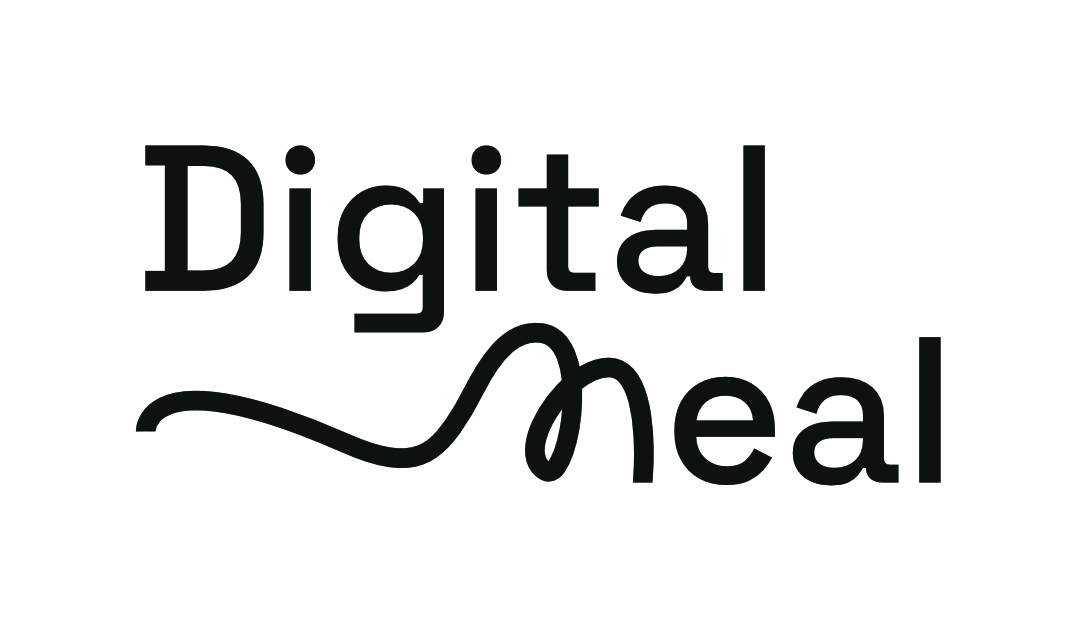Research
Communication is a dynamic process including multiple actors. Our theoretical reasoning and empirical research therefore always take the social context of media users into account. This is reflected in our theoretical work on the public sphere as a dynamic network,
the dynamics of digital media use in religious communities, or digital religions and spirituality.
To further advance research of digital media use, we have developed the method of data donation. This includes the Data Donation Module as a technical infrastructure as well as an interdisciplinary network of researchers that regularly exchange in the Data Donation Lab. This approach allows us to make use of the granular information of media use that is stored in digital traces.
Our empirical research projects typically include a longitudinal perspective in order to investigate temporal dynamics of social norms during the Covid-19 pandemic or the
social dynamics of health behavior among adolescents.
Publications
ZORA Publication List
Publications
-
The public sphere as a dynamic network. Communication Theory, 33(2-3):92-101.
-
Reconsidering a multivalent concept: An integrated affordance framework to approach technology and social media use. Studies in Communication Sciences, 23(2):223-239.
-
On the norm sensitivity of younger mobile phone users: Perceived social norms and phubbing in interactions between younger and older generations. Communication Research Reports, 39(4):214-223.
-
Examining the cultural dimension of contact-tracing app adoption during the COVID-19 pandemic: a cross-country study in Singapore and Switzerland. Information, Communication and Society:online.
-
Effectiveness of a tailored web app on sun protection intentions and its implications for skin cancer prevention: A randomized controlled trial. PLOS Digital Health, 1(5):e0000032.
-
Communication as the crucial link: Toward a multilevel approach to normative social influence. Studies in Communication Sciences:1-18.
-
Dynamic norms for dynamic times? An experiment on the effects of dynamic and static norms messages on COVID-19 vaccination intention. SCM Studies in Communication and Media, 11(3):453-476.
-
Tracing-technology adoption during the COVID-19 pandemic: The multifaceted role of social norms. International Journal of Communication:247-266.
-
Identifying patterns in communication science. Mapping knowledge structures using semantic network analysis of keywords. In: Segev, Elad. Semantic Network Analysis in Social Sciences. London: Taylor & Francis, 192-215.
-
Multidimensional digital inequalities: theoretical framework, empirical investigation, and policy implications of digital inequalities among older adults. Weizenbaum Journal of the Digital Society, 1(1):1-24.
-
Social Aspects of Health Communication – Towards a Research Agenda. European Journal of Health Communication, 2(2):I-IV.
-
Co-Orientation of media use: studying selection and influence processes in social networks to link micro behavior of TV and YouTube use to meso-level structures. Communication Methods and Measures, 15(4):312-331.
-
Social Media Use in the Context of Drinking Onset: The Mutual Influences of Social Media Effects and Selectivity. Journal of Health Communication, 26(8):566-575.
-
Reasons for not getting vaccinated against COVID-19 in German-speaking Switzerland: An online survey among vaccine hesitant 16-60 year olds. PsyArXiv Preprints hnzke, University of Zurich.
-
The power of fear in prevention campaigns: evaluating the effectiveness of loss and coping appeals on pickpocketing prevention behavior. International Journal of Communication, 15:2418-2441.
-
A typology-based approach to tracing-app adoption during the COVID-19 pandemic: the case of the SwissCovid App. Journal of Quantitative Description, 1:1-28.
-
Öffentlichkeit als dynamisches Netzwerk. In: Eisenegger, Mark; Prinzing, Marlis Annette; Ettinger, Patrik; Blum, Roger. Digitaler Strukturwandel der Öffentlichkeit: historische Verortung, Modelle und Konsequenzen. Wiesbaden: Springer, 81-96.
-
Tabakkonsum on- und offline: Der Einfluss der Instagram- und Snapchat-Nutzung auf normative Vorstellungen und das Konsumverhalten unter Jugendlichen. In: Sukalla, Freya; Voigt, Charmaine. Risiken und Potenziale in der Gesundheitskommunikation : Beiträge zur Jahrestagung der DGPuK- Fachgruppe Gesundheitskommunikation 2020. Leipzig: GESIS, 79-88.
-
Informations- und Kommunikationsverhalten in der Corona-Krise. In: Forschungszentrum Öffentlichkeit und Gesellschaft (fög). Qualität der Medien. Schweiz - Suisse - Svizzera. Jahrbuch 2020. Basel: Schwabe, 51-60.


